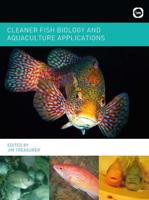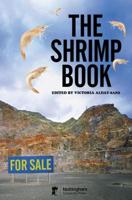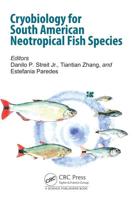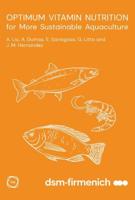Publisher's Synopsis
David Alderton's investigation of anabantoids, the Asiatic gouramis--the bettas and gouramis, including Siamese fighting fish, paradisefish, kissing gouramis, begins with a look at the origins of these adaptable and widely varying fishes in their Asiatic homelands, where they've been popular for hundreds of years. Given the considerable size range of this group of fishes, from the tiny licorice gourami (only 1.5 in or 4 cm in length) to the giant gourami (about 28 in or 70 cm), there are great differences to be considered by the fish keeper, all of which are addressed by Alderton in this color guide. The anabantoids is also a large group of fishes, with one hundred varieties/species available in most pet and hobby stores. The book provides photographs and images of dozens of the most popular examples. Chapter two is devoted to "The Different Groups," and the author explains how the classifications of anabantoids work and then proceeds to discuss the members of each family. In all, eighteen genuses are described in detail, including their natural ranges, physical characteristics, abilities, behaviors, and breeding facts. The author discusses the specific traits of the anabantoids, including their unique labyrinth organs, swim bladders, hearing ability, lateral line, and locomotion. The section on care discusses the selection and positioning of the aquarium, planting, flooring, water, filtration, heating, and lighting. The guide gives specific advice on feeding habits and food, including foraging and hunting techniques of certain anabantoids and the various kinds of food (prepared diets, green food, live food) that are best for individual species. For readers interested in breeding bettas and gouramis, the chapter on reproduction will prove exceptionally helpful, giving expert guidance on preparing for and encouraging spawning behavior, nest building, and rearing the fry. The author also provides information on color genetics for breeding Betta splendens. The general health of the Asian gouramis is covered in a chapter called "Lifespan and Diseases," including a primer on preventing and managing parasitic illness, bacterial and fungal diseases, dietary problems, and more. In the book's final chapter "Popular Anabantoids," the author presents a full-page of text and photographs for twenty-six different species of the families Belontiidae, Anabantidae, Osphronemidae, Helostomatidae, and Luciocephalidae. Resources and glossary conclude the volume.










